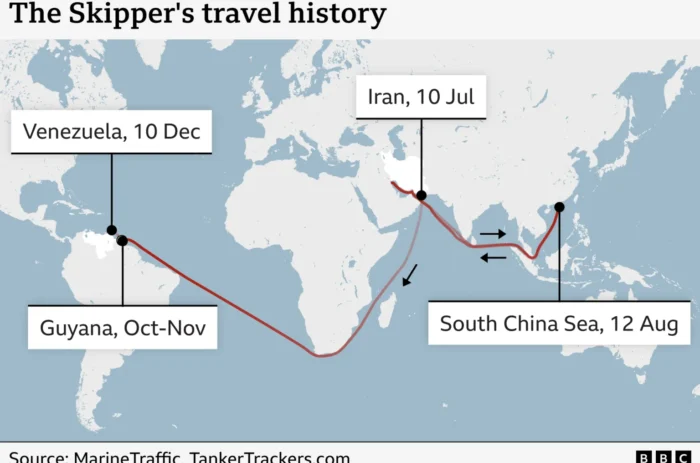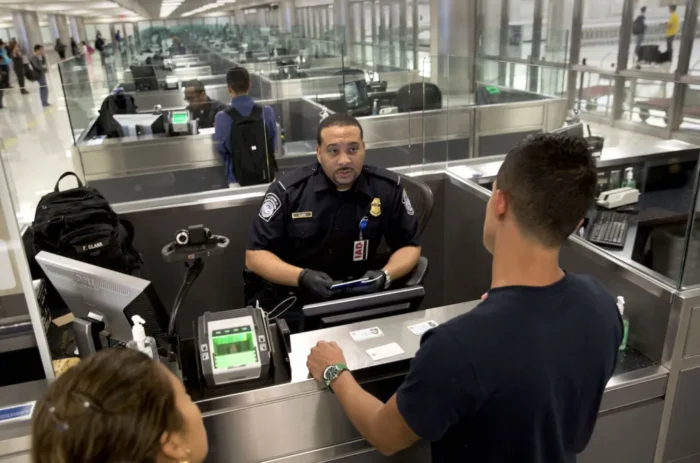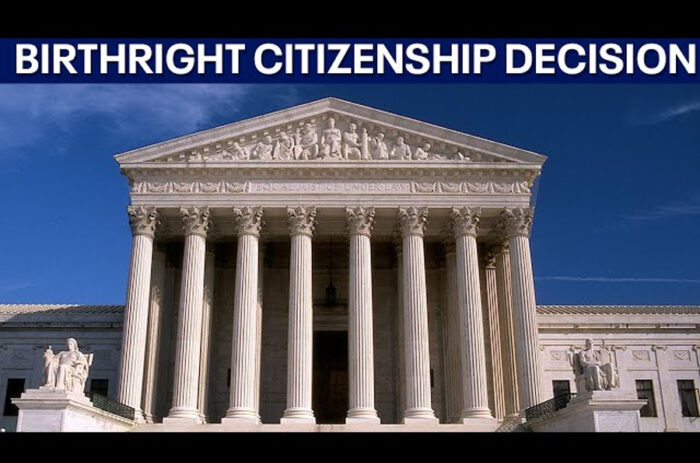redo Jump to...
print Print...
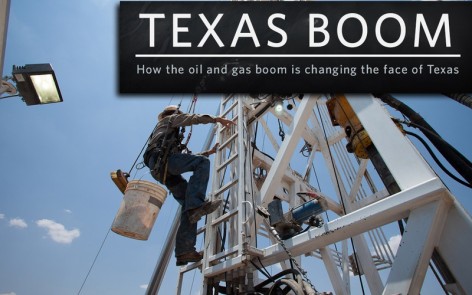 (by Paresh Dave, Los Angeles Times) – Leading the nation in job growth in 2013, Texas likewise added more houses than any other state and is host to seven of the 15 fastest-growing cities in the country, the U.S. Census Bureau reported Thursday.
(by Paresh Dave, Los Angeles Times) – Leading the nation in job growth in 2013, Texas likewise added more houses than any other state and is host to seven of the 15 fastest-growing cities in the country, the U.S. Census Bureau reported Thursday.
The Texas growth has been fueled by expansions in nearly every industry, including technology companies in Austin, financial firms in Dallas and oil drilling operations in the outskirts.
The Lone Star State added about 250,000 jobs last year, about 20,000 ahead of California. About 118,000 housing units went up in Texas in 2013, or 25% of the 467,000 erected nationwide.
For the second year in a row, San Marcos, Texas, was the named the nation’s fastest-growing city. The city, between Austin and San Antonio, grew 8% last year to reach a population of 54,000. Nearly 10,000 of those people have arrived in the last three years.
San Marcos has been nationally heralded for its greenery, school system and historic, small-town vibe.
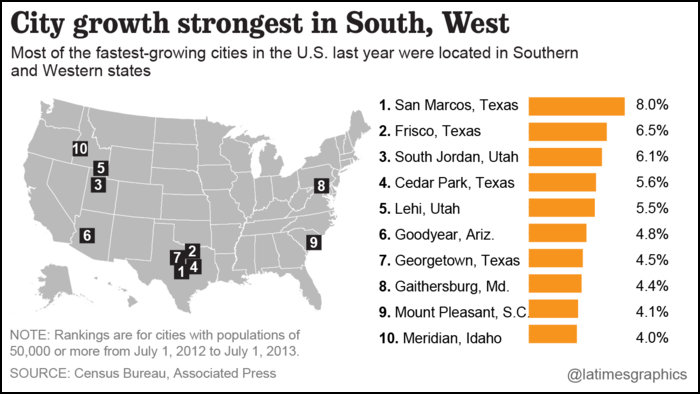 Overall, the annual report from the Census Bureau showed suburbs in the West adding the most people, with Utah and Arizona right behind Texas:
Overall, the annual report from the Census Bureau showed suburbs in the West adding the most people, with Utah and Arizona right behind Texas:
South Jordan, Utah, a bedroom community for those living in Salt Lake City, rose 6% to 59,000 residents.
Lehi, Utah, near Provo, rose 5.5% to 55,000. Nicknamed “Silicon Slopes,” the city is rapidly adding technology companies alongside major players such as outposts of chip maker Intel and software developer Adobe.
Phoenix suburbs Gilbert and Goodyear both grew in the 4% range as the city’s businesses rounded out their post-recession rebound.
Other Texas cities tied to the nation’s oil and natural gas drilling boom, including Pearland near Houston, Odessa near Midland and McKinney near Plano, also saw major bumps.
Although none of its cities were among the fastest-growing, North Dakota had the fastest-growing housing sector in 2013. North Dakota has seen skyrocketing rents, including among the nation’s highest in some ZIP Codes. A massive building spree has begun to combat the pricing surge.
The biggest one-year declines in population were seen in the South. Valdosta, Ga., lost 2.1% of its people and Montgomery, Ala., lost about 1.6%. During the last three years, there has been a steeper decline along the Rust Belt in cities such as Youngstown, Ohio, and Detroit. The latest report suggests cities in the South and Midwest have started to catch up in population drops.
The list of 15 most populous cities remained unchanged, with New York and Los Angeles at the top. New York had 8.4 million people in 2013 and Los Angeles 3.9 million.
Los Angeles Times. Reprinted here for educational purposes only. May not be reproduced on other websites without permission from latimes.com.
Questions
NOTE: “Answers” emails have ended for the school year and will resume September 2nd.
Daily posting will end for the summer on June 13th and will resume August 25.
1. In what areas does Texas lead the nation in growth?
2. Which industries are causing such enormous growth in Texas?
3. a) What are the populations of California and Texas?
b) List the top ten most populated states, largest to smallest.
4. a) What is significant about the number of jobs added in Texas last year compared to California?
b) What is significant about the number of new housing units built in Texas last year compared to the rest of the country?
5. In which two states has the population grown the most after Texas?
CHALLENGE QUESTION: In this article, the reporter answers the who, what, where and when, but does not answer the question why. Why do you think companies are moving to these cities/states? What makes these cities/states attractive to these companies? List at least 3 reasons you think a corporation would move to a particular location. e.g. the city/state is business friendly: the corporate tax rate is low as a way to attract businesses…
Daily “Answers” emails are provided for Daily News Articles, Tuesday’s World Events and Friday’s News Quiz.
